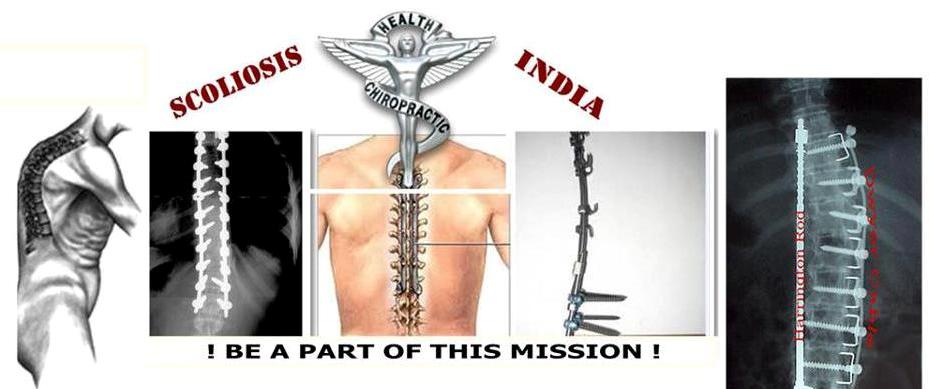Disha's problem started after her deformity became noticeable after she turned 10. Her condition started worsening in terms of appearance when her parents noticed her prominent ribs, disproportionate shoulder level and an uneven hump on the left side of the hip when she bent over.
Doctors said the scoliosis also created discrepancy in the length of her legs.
"She started having problems in breathing as the area in the rib cage region was confined drastically. When she arrived at our clinic, her long erect x-rays revealed significant scoliosis as result of D12 hemivertebra. This basically means that her 12th thoracic vertebra was half in size," said Arvind G. Kulkarni, head of Spine Scoliosis and Disc Replacement Centre at Bombay Hospital.
Only the right triangular half of the vertebra was formed and the left half was missing, which led to bending of the spine on the missing side, leading to scoliosis. The right shoulder blade was more prominently protruding along with one hip higher than the other.
The doctors said that though surgery was the only solution they chose to do it with the help of the new technique which creates a virtual image of the curved spine on the screen and optimised the placement of the pedicle screws and rods with close to 100 per cent accuracy.
As the condition was progressing with time, the highly-challenging deformity correction and spinal fusion surgeries was performed with the help of the new techniques.
"The use of neuromonitoring as well as spinal navigation increases the safety of deformity surgery thus minimising the risk of spinal cord damage. We utilise the services of spinal navigation and neuromonitoring to make deformity correction surgery extremely safe.. She has recovered well and is now confident about her appearance," said Kulkarni.
Source : Business Standard , 21st June 2017

